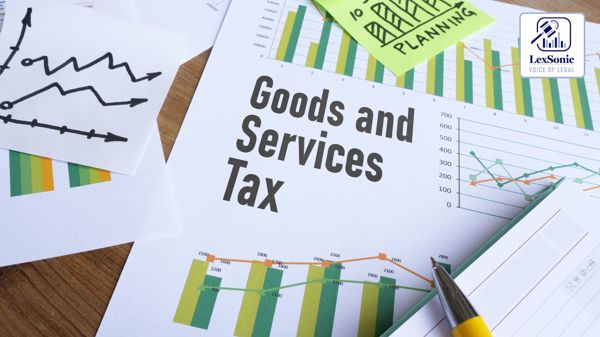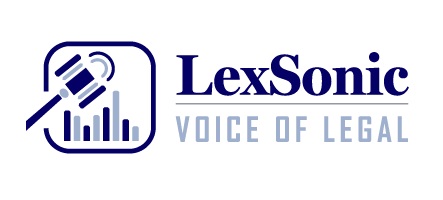Double Benefits or Not? Understanding IGST Refunds and Drawback Claims.
[ Court Doc ]
GST >> Tax Laws
In a recent legal development, the Bombay High Court has addressed an important issue surrounding the refund of Integrated Goods and Services Tax (IGST) on exported goods, particularly when exporters claim higher duty drawback. The case in question involves a petitioner who sought a refund of IGST paid on exports made between July and September 2017. The dispute centered on whether claiming a higher rate of duty drawback under the Customs Act would preclude the exporter from receiving the IGST refund, or if the two could be claimed together.
Background of the Case:
The petitioner, an exporter of stainless steel household items, had paid IGST for the export goods under the provisions of the Integrated Goods and Services Tax Act, 2017 (IGST Act). Under Section 16 of the IGST Act, exports are classified as “zero-rated supplies,” and IGST paid on such supplies is eligible for a refund. The petitioner had complied with all the procedural requirements, including the timely filing of GSTR-1 and GSTR-3B, and had made repeated requests to the customs authorities for the refund. However, the refund was not processed.
During the process, the petitioner was informed that their claim for IGST refund would be denied because they had selected a higher rate of drawback (9%) under Column "A" of the export declaration form, instead of opting for the lower rate of drawback (1.9%) under Column "B." This raised the central issue in the case: Can an exporter who claims a higher rate of drawback still receive a refund of IGST paid on the same export goods?

Legal Provisions and Procedural Issues:
The petitioner relied on Section 54 of the Central Goods and Services Tax Act (CGST Act) and Rule 96 of the CGST Rules, which provide for the refund of IGST paid on exported goods. The petitioner argued that since the shipping bill filed for export serves as the application for IGST refund, no separate application was needed, and the refund should be directly credited to the petitioner’s bank account as per the provisions.
On the other hand, the customs authorities argued that since the petitioner claimed a higher rate of duty drawback, they were not entitled to the IGST refund. According to the authorities, this could result in a double benefit for the petitioner, as the higher drawback already accounts for Customs, Central Excise, and Service Tax elements, which are now subsumed under GST.
Court’s Findings and Precedents:
The Bombay High Court observed that the issue of refunding IGST on exported goods where a higher rate of duty drawback is claimed has been addressed in several previous judgments. These rulings indicated that the exporter would generally be entitled to an IGST refund, subject to specific conditions. If the drawback is claimed at a higher rate, the petitioner may still receive the IGST refund after deducting the amount equivalent to the differential drawback.
Notably, the High Court referred to judgments such as Sunlight Cable Industries vs. Commissioner of Customs (2023), Gujarat Nippon International Pvt. Ltd. vs. Union of India (2022), and M/s. AIM Worldwide Pvt. Ltd. vs. Union of India (2021), which established the principle that an exporter may be entitled to a refund of IGST even after claiming the higher drawback, as long as they refunded the differential amount or there was no double benefit involved.
The Court also pointed out that various circulars and notifications, such as Circular No. 37/2018 and Notification No. 73/2017, deal with the conditions under which the exporter must either not claim the IGST refund or declare that they have not availed the input tax credit of IGST when claiming higher duty drawback. In the petitioner’s case, they had opted not to avail input tax credit on the goods in question, which made them eligible for the IGST refund.
Conclusion and Directions:
Ultimately, the Bombay High Court directed the customs authorities to process the refund of IGST after deducting the differential amount of the higher duty drawback claimed by the petitioner. The Court emphasized that granting a refund of IGST, despite the higher drawback claim, was permissible under the legal framework, as long as there was no double benefit from the same export.
The Court also clarified that the provisions relating to duty drawback and IGST refunds are distinct but can overlap under certain conditions. It ruled that the petitioner was entitled to the refund of IGST paid on exported goods, provided the differential drawback amount was deducted, along with applicable interest.
Key Takeaways:
Refund of IGST on Exports: Exporters are eligible for a refund of IGST on exported goods under Section 16 of the IGST Act and Section 54 of the CGST Act, provided they fulfill the necessary conditions.
Claiming Higher Duty Drawback and IGST Refund: Exporters can claim both a higher rate of duty drawback and a refund of IGST, but only if the differential drawback is refunded or the exporter voluntarily repays the amount.
Precedents in Favor of Refund: The Bombay High Court referred to several precedents that clarified that if the rates of drawback under Column "A" and Column "B" are identical, then a refund of IGST should be granted even if Column "A" is selected.
No Double Benefit: The critical concern is to ensure that the exporter does not receive a double benefit—once from the drawback and again from the IGST refund. If the drawback is refunded, the IGST refund can be processed.
The judgment reinforces the need for clarity in the refund process and the treatment of duty drawbacks in cases where IGST is also paid on exported goods. The customs authorities are now directed to comply with this ruling, ensuring the prompt payment of refunds while adhering to the statutory provisions.
INTEGRATED GOODS AND SERVICES TAX ACT, 2017
